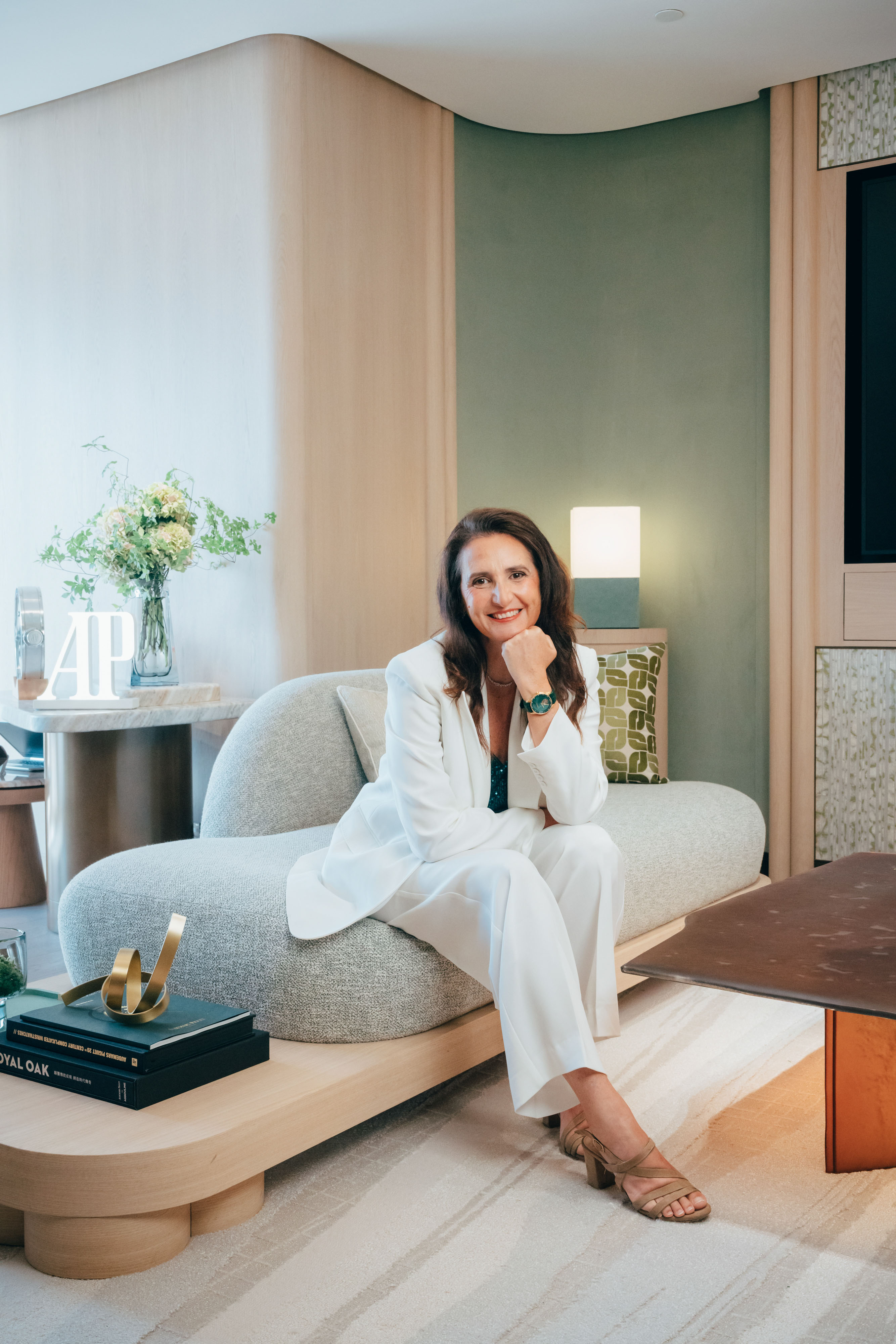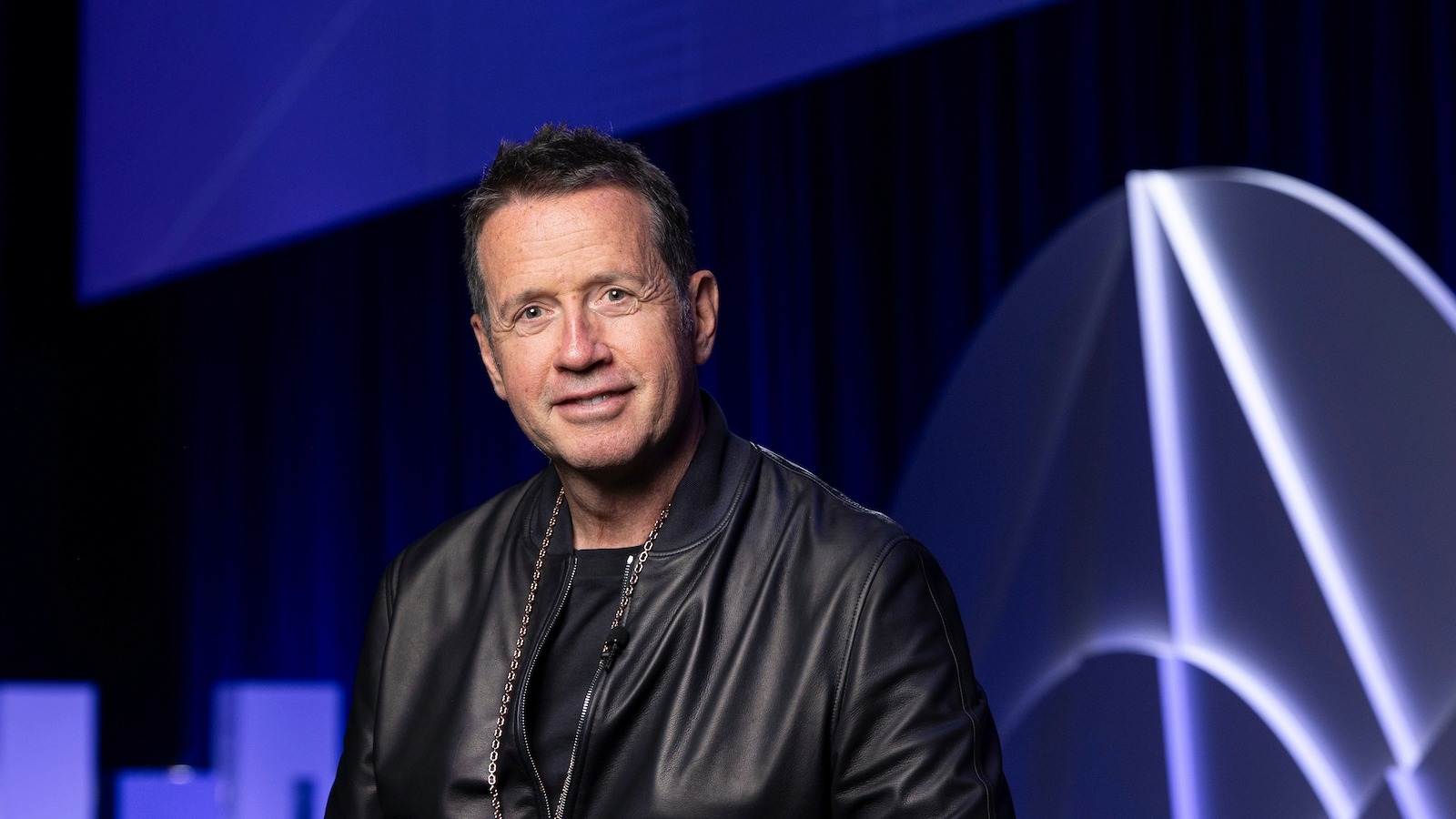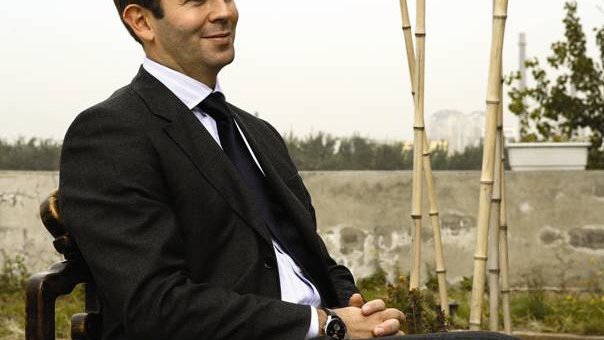
Augustin Depardon surprises us with his pick of global market opportunities and his even-handed perspective on price
From whiskey to wine to just about every other alcoholic beverage that boasts an ultra premium segment, it seems that one surefire way to score a marketing success is to stretch the brand into ever bigger, rarer and expensively-packaged products. And it’s not just wines and spirits.
These days, the entire luxury industry is wild for product extensions which are devised to quench the thirst of canny connoisseurs as well as a more conspicuous breed of new aficionados who are heavily influenced by the lure of high prices. But is this trend to titillate consumers with dollar, euro and yuan superlatives dominating the very top end the spirits sector too?
There’s probably no better place to look than the ‘king of cognacs’, Louis XIII, and who better to ask than the firm’s global sales & marketing director, Augustin Depardon.
Despite the proliferation of limited editions, rare casks and other exclusive series like the Louis XIII Black Pearl and, more recently, a €16,000 decanter of the spirit christened Louis XIII Le Jeroboam, Mr. Depardon assures us that the 137 year-old cognac producer’s activation is certainly not being guided by headline-grabbing prices.
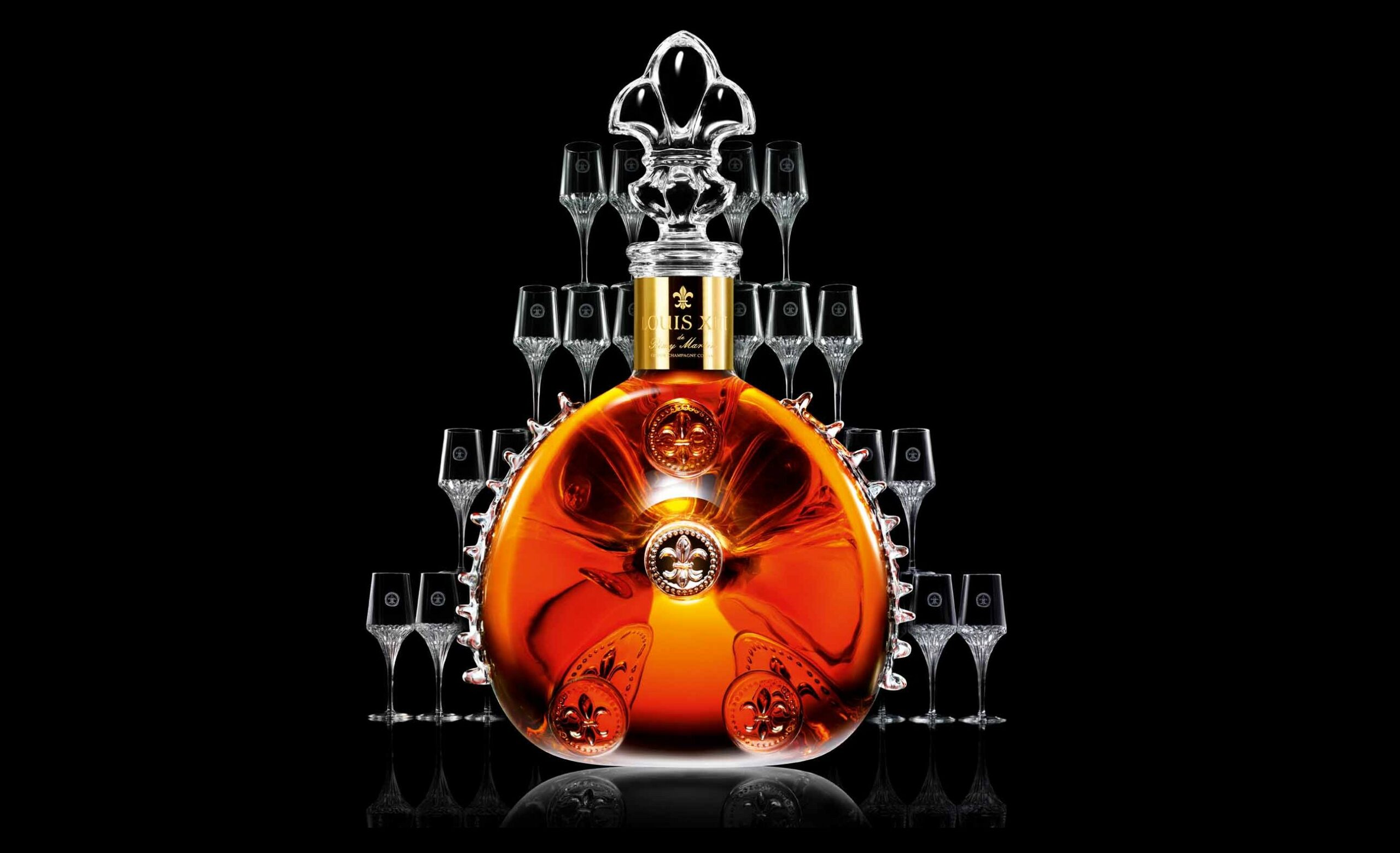
Louis XIII Le Jeroboam, limited to 100 three-litre decanters
“Being the world’s most expensive cognac is not a goal as such,” explains the 40-year-old executive who cut his teeth in the biscuits division of the colossal Groupe Danone before entering the luxury industry through the doors of LVMH in 1993 and then exiting a decade later to join Louis XIII’s parent company Rémy Cointreau.
“Resorting to century-old ‘eaux de vie’, coming exclusively from the Grande Champagne region and being able to produce the same blend since 1874 over four generations of cellar masters has a value that our clients respect.”
Since his appointment to the pioneering firm which was established as a tribute to the French King Louis XIII, who reigned at the time the Rémy Martin family put down roots in the Cognac region in the 1620s, Mr. Depardon has spent eight years steering the iconic brand through unchartered waters.
During that time, the ultra premium cognac sector (those bottles priced over €300) has witnessed significant growth from new consumers in Asia and Eastern Europe, not to mention a number of other international high flyers who shop at luxury duty free outlets around the world.
While he concedes that “new initiatives from other major cognac houses” have contributed to the category’s enviable growth, Mr. Depardon doesn’t hesitate to assert that it was “chiefly led by Louis XIII”.
“ Being the world’s most expensive cognac is not a goal as such ”
But one common misconception that he is quick to dismiss is that cognac is a well understood tradition limited mostly to France, the brand’s home market, and a few other European countries.
Connoisseurship is key to choosing and enjoying luxury cognacs like Louis XIII, which is distilled from a secret blend of around 1,200 different ‘eaux de vie’ (clear, colourless fermented essences of fruits aged from 40 to over 100 years) that are added to grapes from Grande Champagne before being aged once again in rare century-old barrels called tierçons.
Many cognac houses, he says, especially those under the umbrella of the Rémy Martin Maison, like Louis XIII, understood very early on the need to tap into markets outside Western Europe. Crucially, being on the vanguard of global expansion led to countless devotees who have had plenty of time to develop their palettes and pass that on over the generations.
“Louis XIII was exported to places like the US and Asia as early as the late 19th century. There they have developed a real cognac drinking culture, as well as a drinking and gifting culture, as is the case in China."
Indeed, according to company archives, cases of Louis XIII were first shipped to Shanghai in 1883, just after the product was created. In 1935, the cognac took its maiden voyage on the fastest ocean liner of its day, The Normandie, served in first class cabins where many wealthy Americans travelled regularly to France from New York. Six years earlier it had been introduced to those travelling via Istanbul to points in Asia on the Orient-Express.
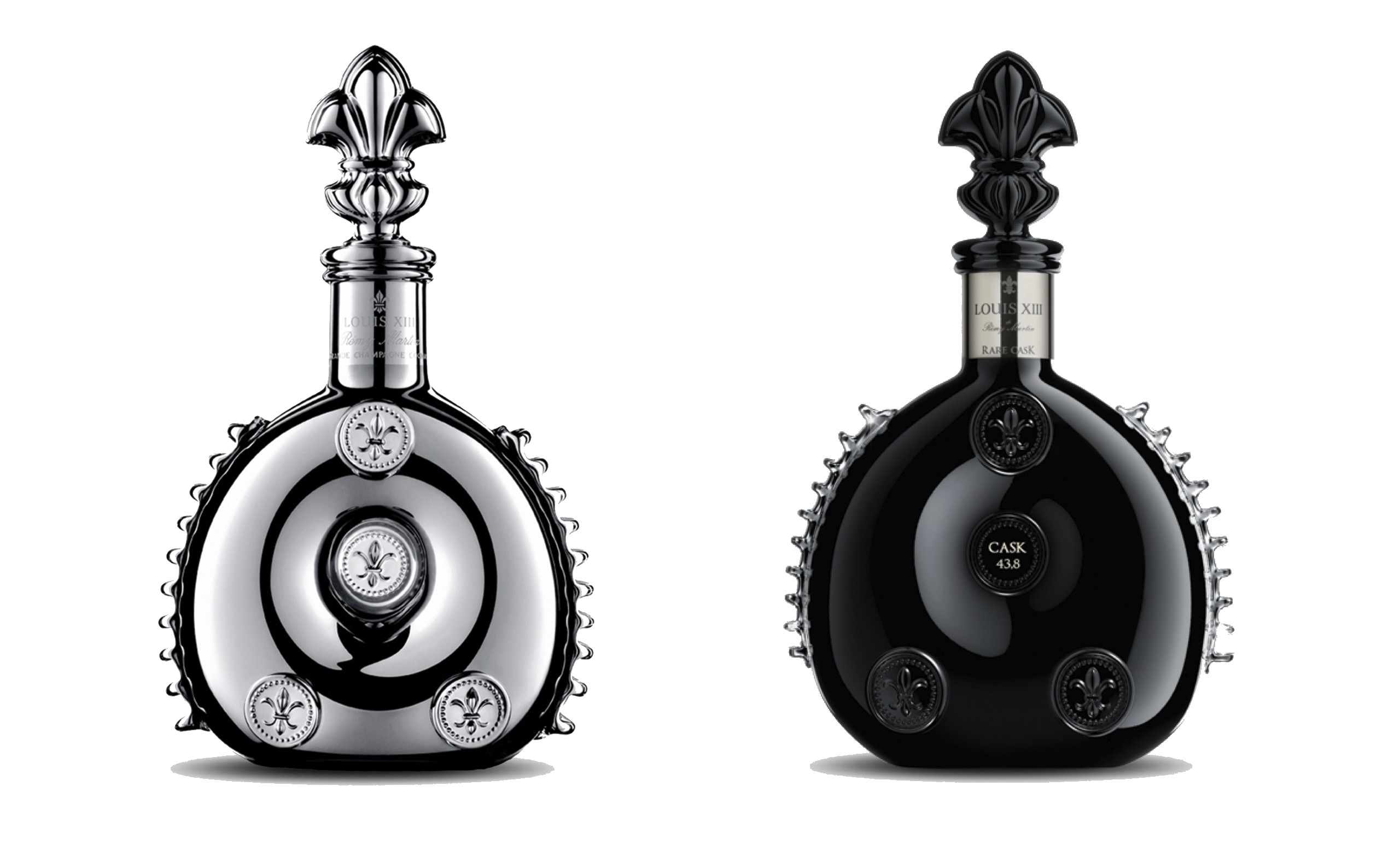
Louis XIII Black Pearl (L) and Louis XIII Rare Cask 43.8®
“For the past 25 years we witnessed a shift in global travel retail, from alcohol, tobacco, perfume only, to the latter category plus luxury and fashion brands. Louis XIII clearly benefited from this trend, plus the fact that our clients also have a tendency to travel much more than the general population.”
Besides investing heavily in suave, opulent points-of-sale displays at exclusive duty free areas of airports and private travel zones to entice this elite globetrotter, the company spares no expense in product design by commissioning alluring decanters by Baccarat, Saint Louis, and sumptuous coffrets, often made of metal and leather.
But make no mistake, professes Mr. Depardon, although “product design and communication channels will always be developed to highlight the art of craftsmanship contained in each Louis XIII decanter, what lies in the decanter will always be much more important than any kind of activation around it.”
One successful events-led marketing strategy which Mr. Depardon has nurtured is the “Diner des Génies” series which sees the brand honour a number of “geniuses” around the world through glamorous gala-like dinners. The concept was developed to tap into the consumer’s passion points and celebrate a genius, whether it be a brand like Jaeger Le Coultre or a personality such as the architect Dror Benshetrit.
“ What lies in the decanter will always be much more important than any kind of activation around it ”
Territorially-speaking, in contrast to many other ultra premium spirit producers, Louis XIII has recently identified Canada, Mexico and Australia as opportunity markets – countries which are also rarely prioritised by marketeers in other luxury sectors.
“We clearly see an opportunity in those markets, which seem to be quite underleveraged from a Louis XIII point of view,” says the Paris native who spent six years in the US as a child before returning to France where he enrolled in the venerated Institut d’Etudes Politiques business school, known more commonly as ‘Sciences-Po’.
“[Naturally], as a global luxury brand we wish to develop Louis XIII in every luxury market with a sizeable number of high net worth individuals.”
But it is perhaps ironic that the increasing internationalisation of the brand and the increasingly cosmopolitan character of its clientele – which is indeed feeding the success of this and many other luxury brands – may also be one of Louis XII’s greatest tests in the years to come.
“The challenge, as we see it, is to respect the soul of the brand whilst being in tune with our [diverse] clients’ aspirations.”
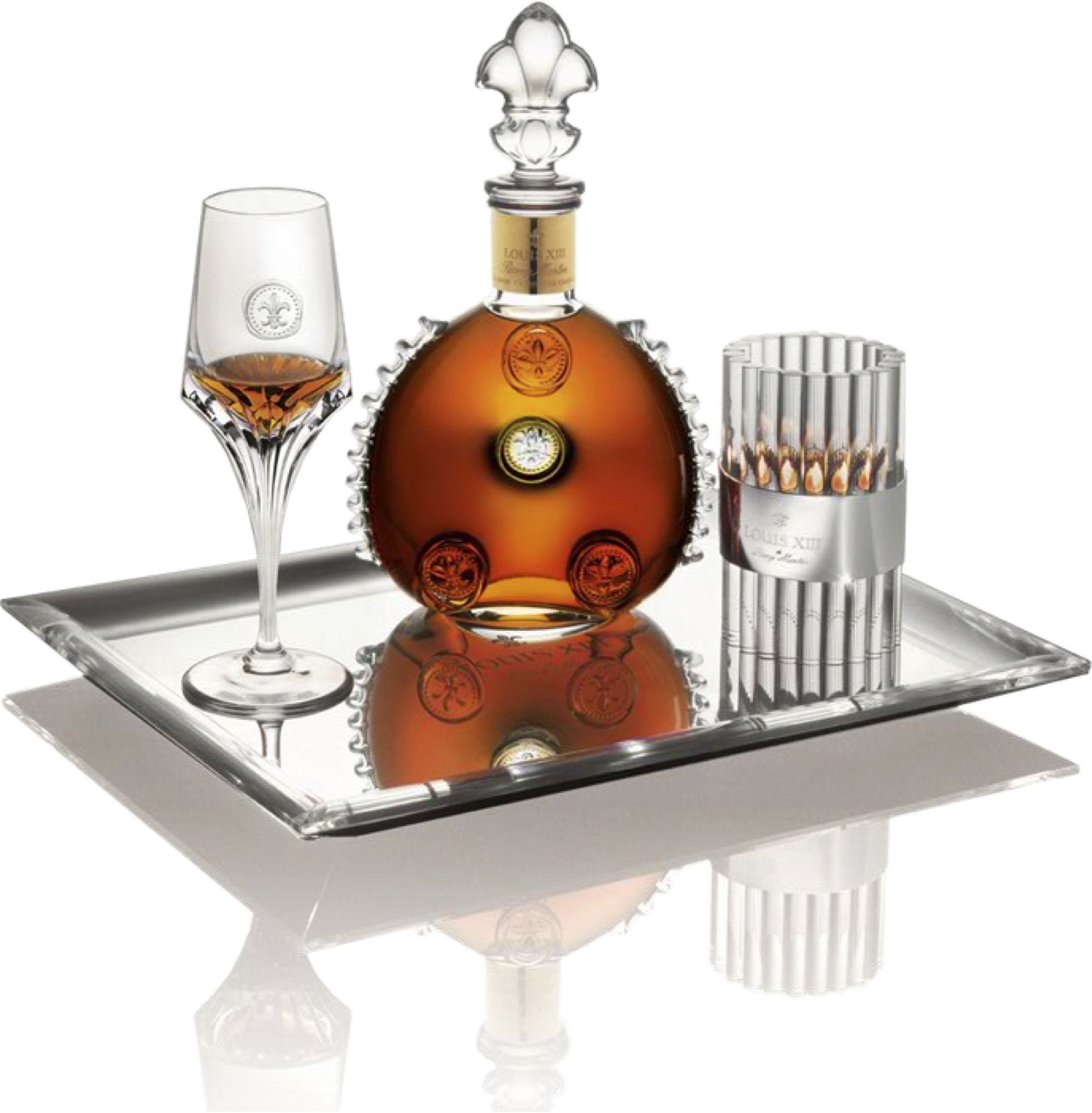
Louis XIII point-of-sale display including cognac glass, candle glass and luminous tray








